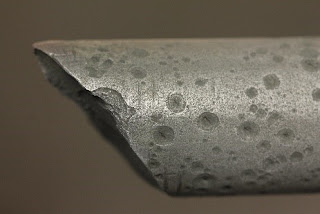Enhancing Well Production Through Artificial Lift and Other Solutions
The vast majority of oil and gas wells in the world require artificial lifting solutions. There are many options available, but some are particularly effective at enhancing well production no matter the conditions. Electric Submersible Pumps (ESP) An ESP system improves production in a large variety of situations. It is applicable in high-temperature pumping systems, cool-water wells, gas well dewatering systems, and high-pressure conditions, to name just a few. It is also excellent for its simple installation and its capability to meet temperature and viscosity demands. Finally, its increased run life and the lower lifecycle expenses will help you maximize profits. Progressive Cavity Pumps A progressive cavity pump , or PCP, is a positive displacement pump that has a fixed stator containing a spinning helical rotor. It functions by moving fluid from the bottom of the pump to the discharge at the top by passing the fluid through small cavities. Thanks to proprietary ela...
